
Camel
Perseverance, Resilience and Endurance.
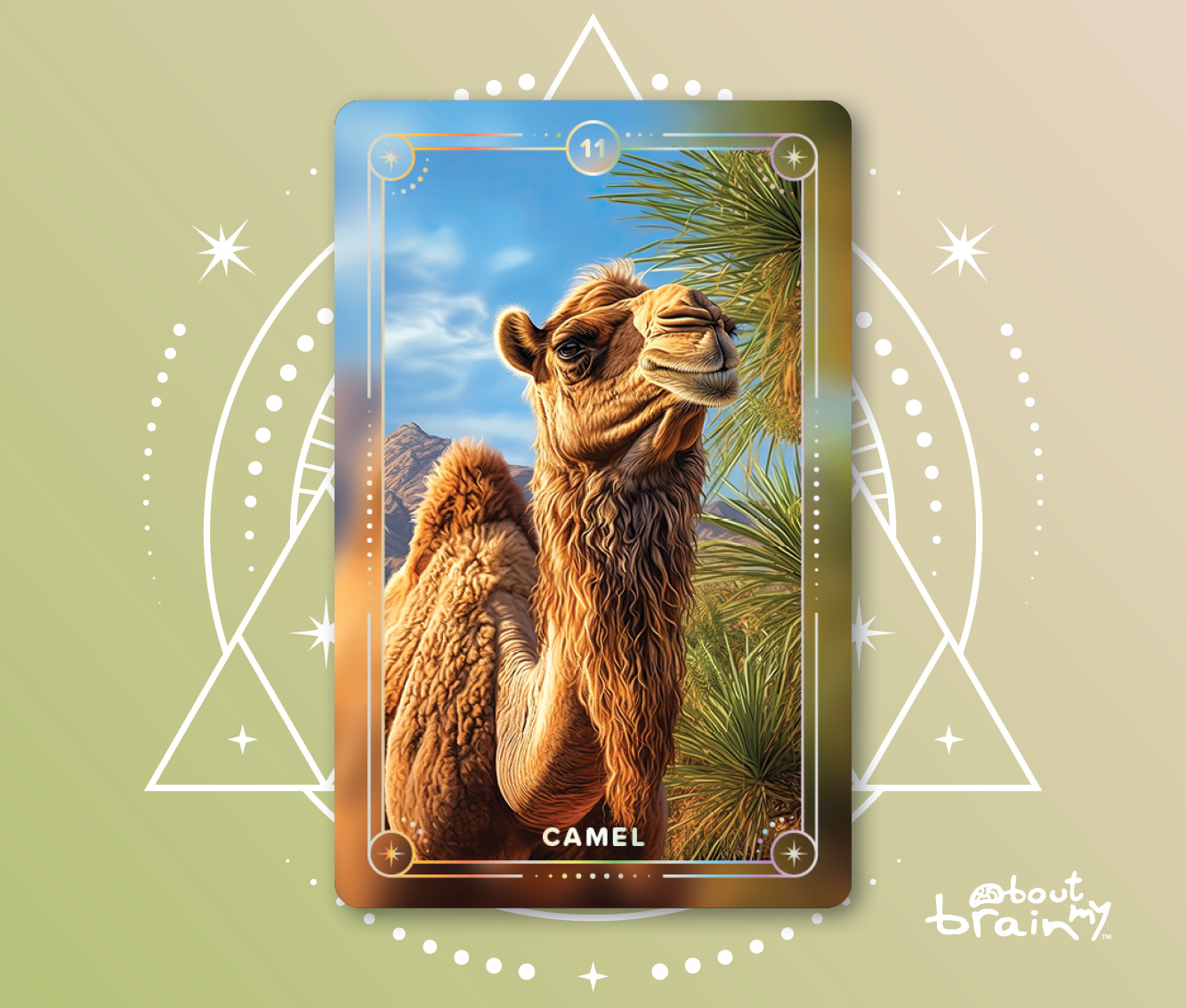
Discovering The Camel Spirit
In the vast and shifting sands of the Middle Eastern deserts, the iconic camel epitomizes the essential qualities of perseverance, resilience, and endurance. With its stoic demeanor and exceptional adaptability, the camel invites us to foster perseverance in our pursuits, trust the rhythm of life, and understand that enduring the harshness of life's deserts requires a consistent and committed pace. By aligning with the camel's spirit of perseverance, we can navigate life's challenges with grace, make informed choices, and reach our destinations with unyielding determination.
In its mastery over harsh terrains and scorching temperatures, the camel is also a symbol of resilience and adaptability. The spiritual essence of the camel urges us to remain resilient in the face of adversity, confront the unforeseen with tenacity, and find innovative means to traverse the obstacles we face.
With its remarkable capacity to travel long distances without water, the camel teaches us the art of preservation and self-sustainability. By internalizing the camel's spirit of endurance, we can fortify ourselves against life's hardships, develop a resilient spirit, and continue our journey despite the challenges.
Prefer to listen to this article?
Check out our podcast!
Newsletter
Keep reading ↓
- Spirit Animals ↓
- See All
- Alligator
- Anaconda
- Ant
- Arabian Oryx
- Beaver
- Bee
- Beetle
- Black Bear
- Buffalo
- Butterfly
- Camel
- Cat
- Cheetah
- Chimpanzee
- Condor
- Coyote
- Crab
- Dog
- Dolphin
- Dove
- Dragonfly
- Elephant
- Elk
- Emu
- Falcon
- Flamingo
- Fox
- Frog
- Gazelle
- Giraffe
- Goose
- Gorilla
- Grasshopper
- Hawk
- Hedgehog
- Hippopotamus
- Horse
- Hummingbird
- Hyena
- Jaguar
- Kangaroo
- Kiwi
- Koala
- Koi Fish
- Komodo Dragon
- Kookaburra
- Ladybug
- Lamb
- Lemur
- Lion
- Lizard
- Llama
- Manatee
- Mandarin Duck
- Meerkat
- Monkey
- Moose
- Mountain Goat
- Mouse
- Nightingale
- Octopus
- Orca Whale
- Otter
- Owl
- Ox
- Panda
- Panther
- Parrot
- Peacock
- Polar Bear
- Quetzal
- Rabbit
- Raccoon
- Raven
- Rhinoceros
- Rooster
- Salmon
- Sea Turtle
- Seahorse
- Shark
- Sloth
- Snake
- Snow Leopard
- Spider
- Squirrel
- Starfish
- Swan
- Tiger
- Tortoise
- Whale
- Wolf
- Wombat
- Zebra
What Does The Camel Represent?
The camel, with its distinctive silhouette and unparalleled adaptability, stands as a remarkable testament to nature's resilience. One of its most notable attributes is its innate capacity to withstand the harsh and unforgiving desert conditions. This is further accentuated by the camel's unique physiological features, which have evolved over millennia, allowing it to thrive in challenging terrains.Throughout history, these creatures have played an integral role in trade and exploration, symbolizing the spirit of long journeys and pilgrimages.
Beyond their historical significance, camels move at a steady pace across vast deserts, a behavior that perfectly epitomizes the virtues of patience. Their impressive ability to sustain themselves without water for extended periods speaks volumes about their self-reliance and sustainability. Traditionally serving as beasts of burden, camels have shouldered immense responsibilities, representing both service and sacrifice.
Keep reading ↓
Supporting content
Cultural and Mythological Significance Of The Camel Spirit
The camel, beyond its well-known physiological adaptations and historical roles, holds a rich tapestry of cultural and mythological significance. In various societies, especially those dotting the vast stretches of deserts from North Africa to Central Asia, the camel has been woven into folklore, religious narratives, and daily life. The Bedouin tribes of the Middle East, for instance, often regard the camel as a gift from the divine, essential for their nomadic lifestyle and survival.
In Islamic tradition, camels are seen as symbols of patience and endurance, further echoed by their mention in the Quran. Myths from ancient cultures sometimes feature camels as guardian figures or as symbols of prosperity and trade, given their pivotal role in the Silk Road and other trade routes. In modern times, their likeness adorns art, literature, and national symbols, serving as a reminder of their enduring relationship with humanity and the deep cultural footprints they have left across civilizations.
Supporting content
Keep reading ↓
A Camel In My Deams
Dreams often serve as reflections of our subconscious, revealing insights and perceptions that might not be immediately obvious in our waking life. When the distinctive silhouette of a camel emerges within this dreamscape, it can be laden with symbolic meaning. Known for their incredible perseverance in the face of daunting challenges, a camel in a dream might point towards an impending period of struggle or, on the contrary, serve as a testament to one's own inner resilience.
Historically, camels have been travelers and carriers across vast deserts, and their appearance in a dream could signify an ongoing or impending journey, whether it's of a physical, emotional, or spiritual nature. Given their adeptness at resource management, a dream of a camel might suggest the need for prudence in one's expenditures, be it money, time, or emotional energy. If you see a camel bearing heavy loads, it could reflect personal feelings of being inundated with responsibilities or challenges.
Conversely, a guiding camel might indicate a quest for direction or wisdom in your life. The expansive, often solitary terrains camels traverse could symbolize feelings of isolation or individual journeys in the dreamer's life. Additionally, in certain cultural and religious backdrops, a camel might bear deeper spiritual implications, possibly signaling divine messages or periods of introspection.
Nonetheless, dream interpretation remains a deeply personal endeavor, with symbols resonating differently based on individual experiences and the nuances of each dream's narrative.
Keep reading ↓
Habitat, Behaviours and Ecological Importance Of The Camel
Habitat:
Camels are iconic inhabitants of some of the world's most extreme environments, primarily the vast and unforgiving desert landscapes. These majestic creatures have evolved to thrive in regions characterized by extreme temperature fluctuations, from the scorching heat of the day to the chilling cold of the night. While the dromedary camel, with its single hump, dominates the arid expanses of North Africa and the Middle East, the Bactrian camel, distinguished by its two humps, is native to the cold deserts of Central Asia. These deserts offer sparse vegetation, and camels have adapted to feed on dry, thorny plants that other animals might overlook. Their unique physiological adaptations allow them to consume large amounts of water quickly and store energy in their humps, enabling them to traverse these water-scarce habitats for extended periods. Over time, while wild populations have dwindled, domesticated camels have spread to various parts of the world due to their value as beasts of burden, transport, and sources of milk and meat.
Behaviours:
- Water Consumption: When water is available, camels can drink up to 40 gallons (about 150 liters) in a single session. This behavior allows them to rehydrate quickly after losing significant amounts of water in the scorching desert heat.
- Feeding Patterns: Camels are herbivores and have a unique way of eating. They consume a wide range of vegetation, including dry, thorny plants that many other animals avoid. Their tough lips allow them to eat thorny plants without injury.
- Ruminating: Like cows, camels are ruminants. They regurgitate and re-chew their food, a process known as "chewing the cud." This behavior helps them break down tough desert vegetation and extract maximum nutrition.
- Social Structure: Camels are social animals and often move in groups called "herds." These herds typically consist of females and their young, led by a dominant male. Males can become quite aggressive, especially during the mating season, using their necks to push and shove competitors.
- Protective Mechanisms: To protect themselves from sand and dust in desert environments, camels have developed several behaviors and physical adaptations. They can close their nostrils during sandstorms. Additionally, when they feel threatened or irritated, camels are known to spit a mix of chewed food and saliva as a defense mechanism against potential threats.
Ecological Importance:
The camel plays a crucial role in the ecological balance of these arid ecosystems. As primary herbivores in desert biomes, camels aid in plant population control, ensuring that no single vegetation type becomes overly dominant. Their feeding habits help in seed dispersal, promoting plant biodiversity and aiding in the regeneration of various species. Camels also contribute to nutrient cycling by breaking down tough desert vegetation and converting it into organic matter through their waste, which then enriches the sandy soils. Their ability to thrive on plants that are often unpalatable to other herbivores ensures that these plants are kept in check and prevents overgrowth. Additionally, camels, especially in regions where they are native, serve as prey for apex predators, playing a role in the larger food chain.
Keep reading ↓
How the Camel Contributes To Scientific Research
The camel, with its myriad of unique physiological adaptations to thrive in harsh environments, has piqued the interest of the scientific community and provided valuable insights for various research endeavors. One of the most notable contributions has been in the field of medicine and biochemistry. The antibodies produced by camels are significantly smaller and simpler than those in humans, termed as "nanobodies." These nanobodies have shown promise in various therapeutic applications due to their ability to penetrate tissues more effectively and bind to targets that might be inaccessible to larger antibodies. Research on camel milk has also revealed its potential benefits for human health, with some studies suggesting its utility in managing autoimmune diseases and diabetes. Additionally, understanding the camel's unique water conservation mechanisms and salt regulation can provide insights into treating dehydration and kidney-related ailments in humans. Their ability to withstand extreme temperatures has led scientists to investigate the camel's DNA for genes related to heat resistance, which might have applications in improving heat tolerance in other livestock. In essence, the camel, through its unique biology and adaptations, continues to offer a wealth of knowledge and potential breakthroughs for various scientific fields.
Keep reading ↓
Guided Visualization To Connect With The Camel Spirit
Complement your ritual with...
Binaural beats!
- Begin by finding a comfortable and quiet space where you can sit or lie down without interruptions. Close your eyes and take several deep breaths, letting any tension melt away with each exhale.
- Imagine yourself standing at the edge of a vast desert. The sand beneath your feet is warm, and a gentle breeze carries the scent of distant oases. The horizon stretches infinitely, painted with hues of golden yellows and deep oranges from the setting sun.
- As you gaze across this expansive landscape, you notice a silhouette in the distance, slowly approaching. As it nears, you recognize it as a majestic camel, its eyes gentle and wise. The camel stops in front of you, inviting you to connect.
- Reach out and touch the camel's soft fur. Feel its warmth and the steady rhythm of its breath. As you connect, imagine a flow of energy between your heart and the camel's, creating a bond of understanding and mutual respect.
- With a gentle nod, the camel invites you to climb onto its back. As you both start to traverse the desert, you feel the steady, rhythmic pace, embodying patience and perseverance. The vastness of the desert around you symbolizes the challenges and journeys of life. Yet, with the camel spirit as your guide, you feel an overwhelming sense of endurance and resilience.
- As you journey, the camel begins to share its wisdom with you. You're reminded of the importance of conservation, of moving forward with purpose and patience, and of bearing life's burdens with grace. You realize that just as the camel stores sustenance for long treks, you too have inner reserves of strength and resilience to draw upon in challenging times.
- After what feels like hours or perhaps just minutes, the camel stops at the edge of an oasis. It's time to part ways. As you dismount, you take a moment to express your gratitude, placing your hand on the camel's head and whispering words of thanks. The camel responds with a gentle nuzzle, its eyes reflecting deep wisdom and understanding.
- Slowly, the desert landscape begins to fade. You become aware of the ground beneath you, the sounds around you, and the rhythm of your own breath. Take a few more deep breaths, anchoring the wisdom and insights from the camel spirit into your being. When you're ready, gently open your eyes, returning to the present moment, yet forever connected to the enduring spirit of the camel.
Shop
Connect with the essence of our Spirit Animals!
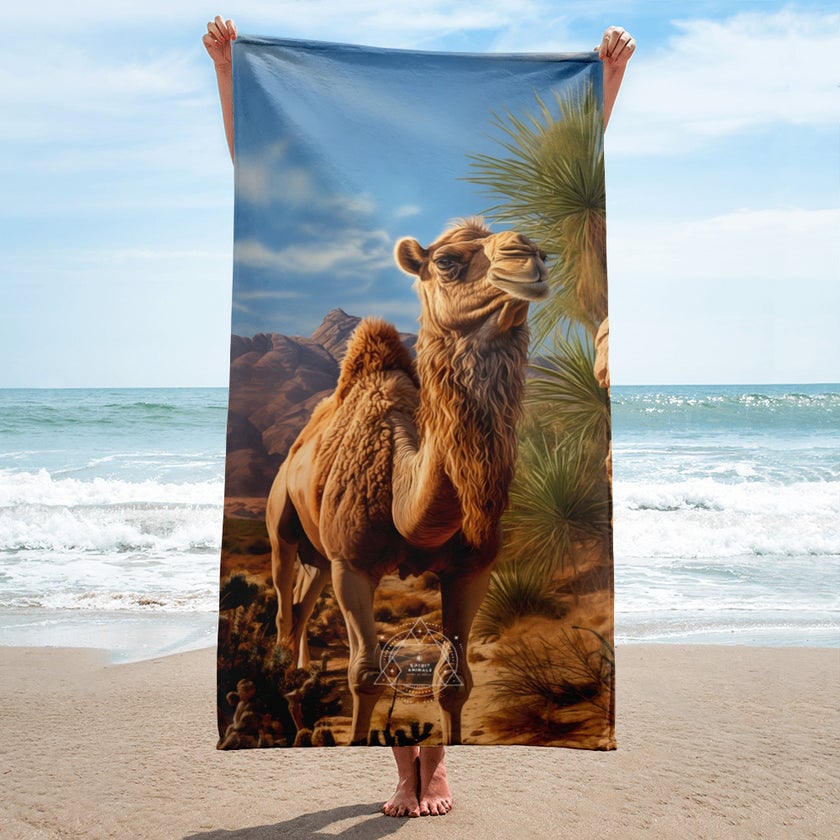
Beach Towel
Buy Now
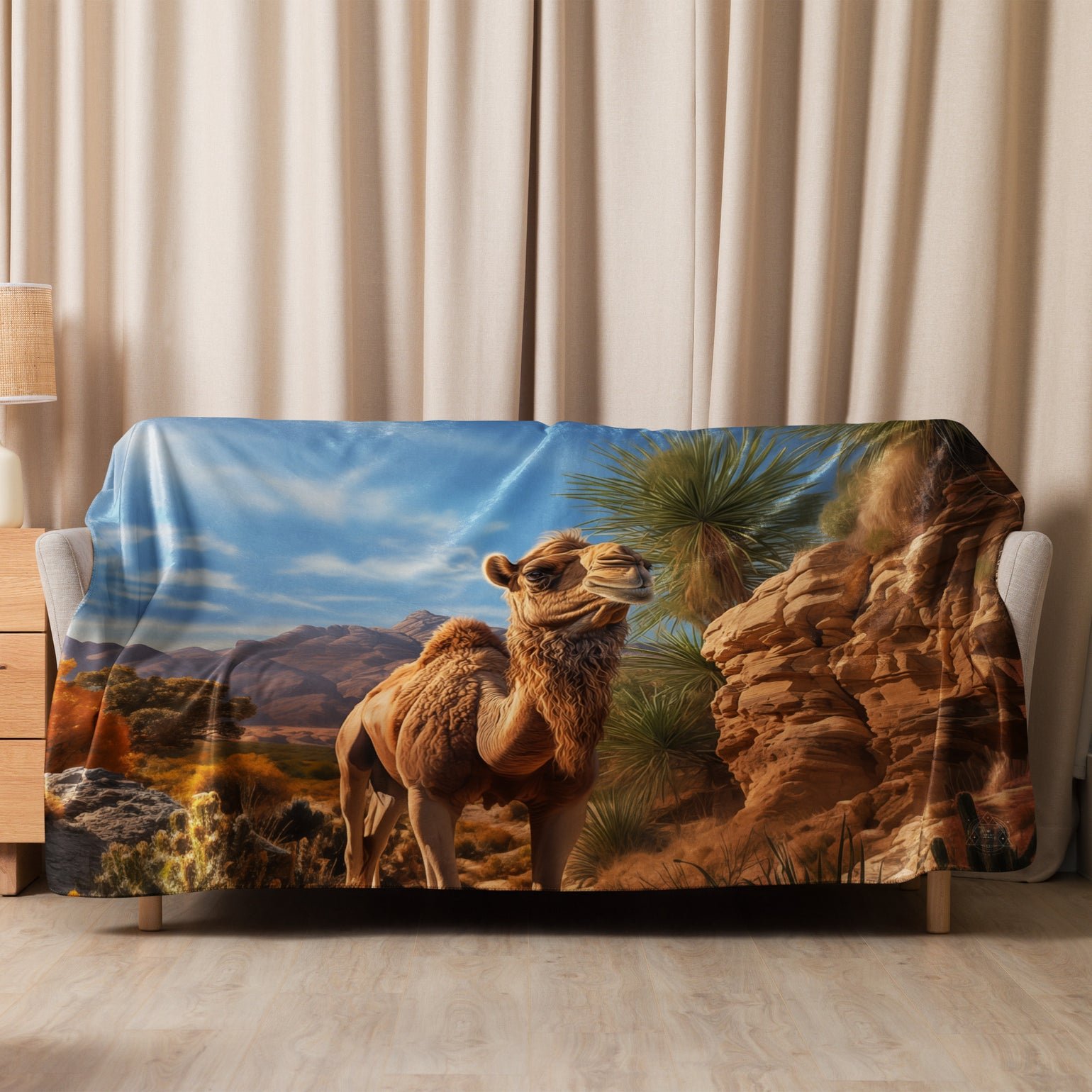
Sherpa Blanket
Buy Now
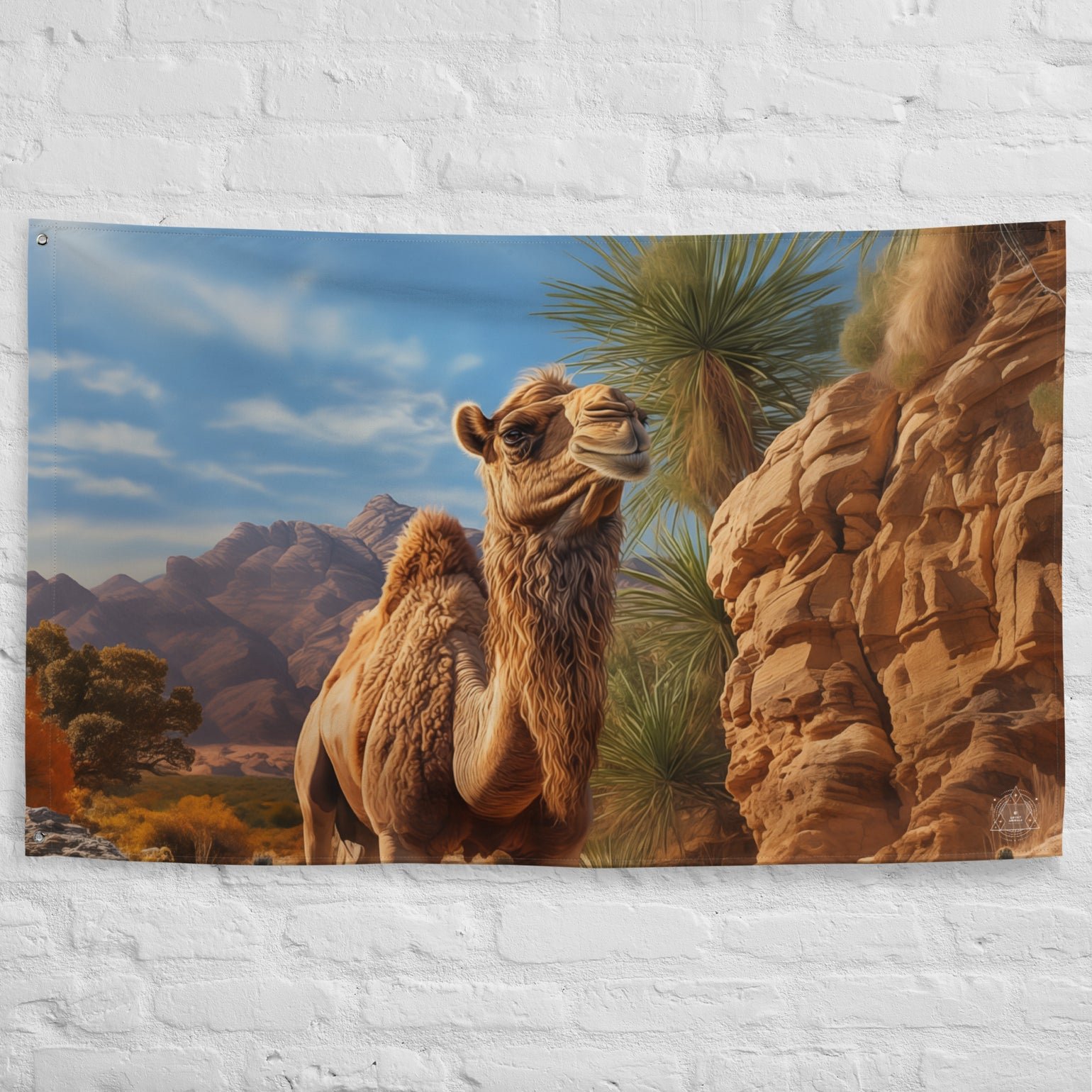
Flag Wall Art
Buy Now

Oracle Decks
Buy Now
From Our Blog
Stay up to date with our latest articles!
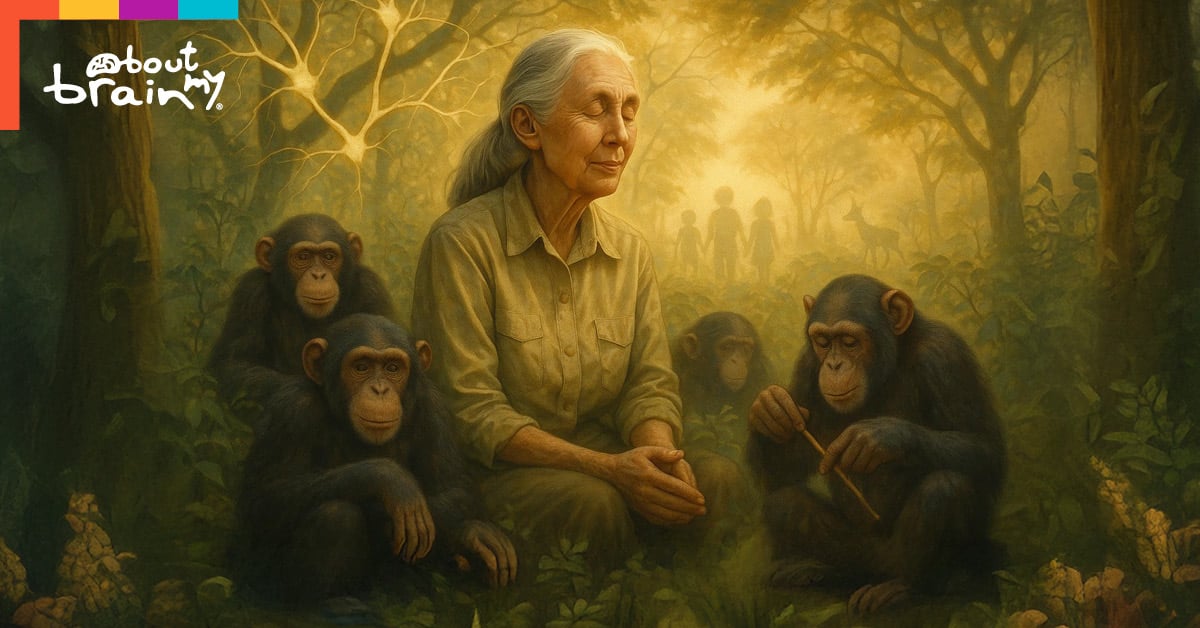
Jane Goodall’s Legacy: Lessons On Leadership And Compassion
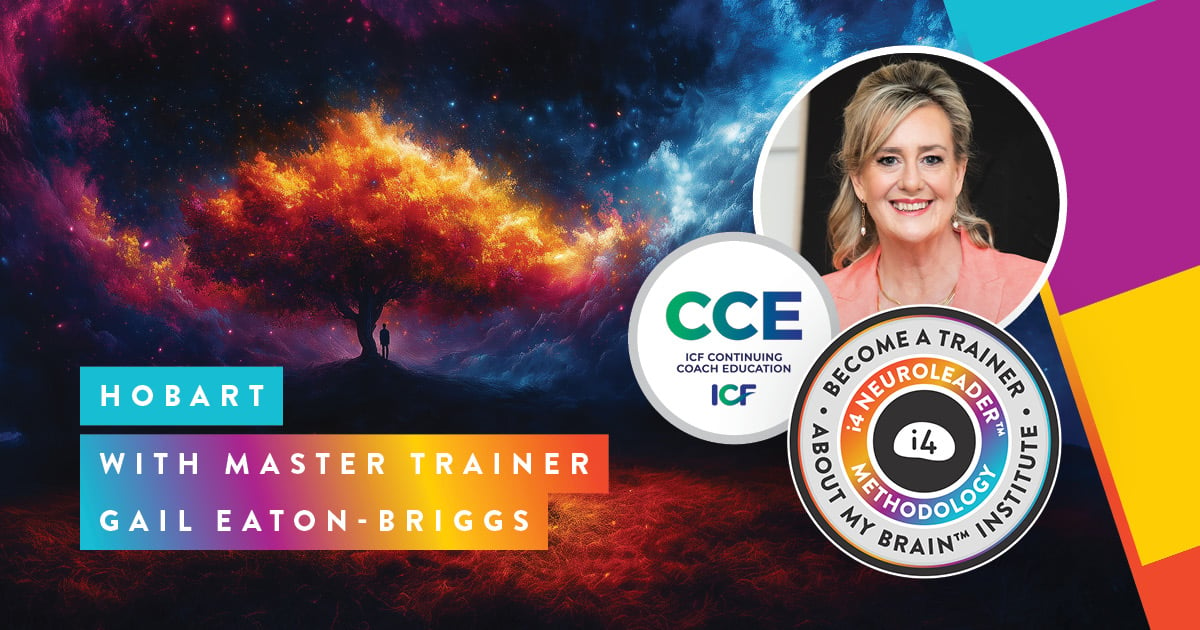
Empowering Leaders Through Personal Growth with Gail Eaton-Briggs

From Digital Lovers To Grandmothers-For-Hire: What Japan Teaches Us About Loneliness
Please note:
It is crucial to acknowledge that the symbology and interpretations can differ greatly among various cultures, religious ideologies, and individual viewpoints. The significance and comprehension of these spirit animals may vary depending on the particular mythological backdrop or the spiritual and philosophical framework through which they are approached. The descriptions of these Oracle Cards are based on information gathered from various sources. Our aim is to provide an overview and a fictional interpretation and we cannot guarantee the accuracy or completeness of this information. The artwork featured on these Oracle Cards have been crafted by digital artists and designers, Relmi Damiano and Sacha Damiano, in conjunction with Artificial Intelligence that has been enhanced by human intervention. The visual imagery serves as a fictional representation of some of the symbols associated with these goddesses throughout history.


